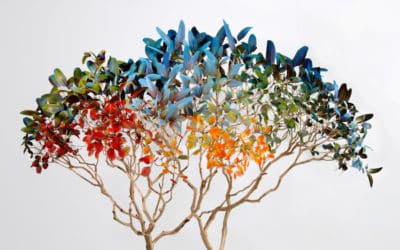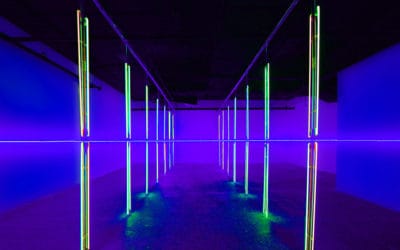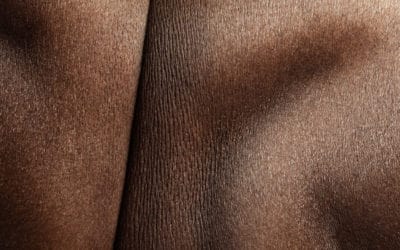CULTURAMA is the new destination for discoverers defending the best of Art, Architecture and Design in order to reinvent your contemporary lifestyle. As a bilingual webmagazine and audiovisual broadcaster with CULTURAMA STUDIO, CULTURAMA explores the trends of 21st century Art and Design, with its exclusive interviews, documentaries, articles, and mini-series. Hundreds of renowned artists have already participated in this adventure. CULTURAMA builds bridges between creators and executives, and as such, it becomes essential.
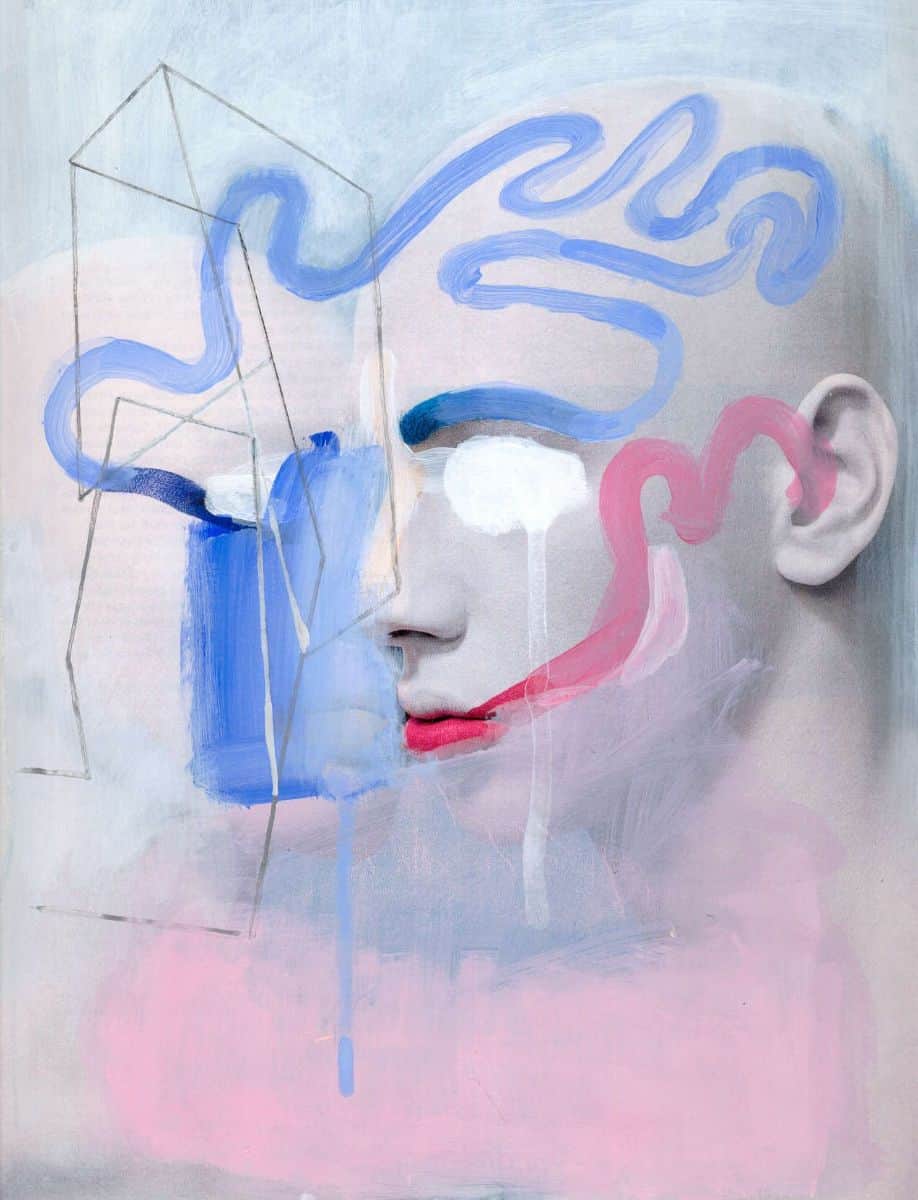
Summary
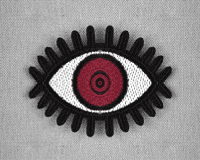
Nicola Ross
« The masterpieces are
infinitely lonely… »

Homemade
A unique experience shared throughout the digital space…
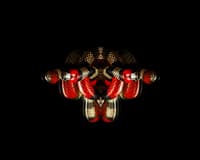
Explorer
The best of Art, Architecture and Design of the 21st century.
Editorial
The Art of catalysis

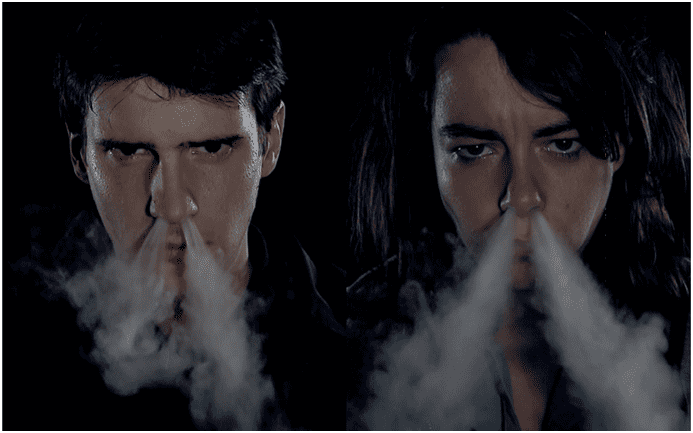
They truly breathe life into artistic knowledge by addressing new artists and new thoughts of contemporary Art, far from markets or the institutions. The curators are the accomplices of the artists. Together, they engage, dialogue, and disrupt the habits in Art.
Jean de Loisy, director of the Beaux-Arts de Paris.
PASSION OF A CURATOR
Nicola ross
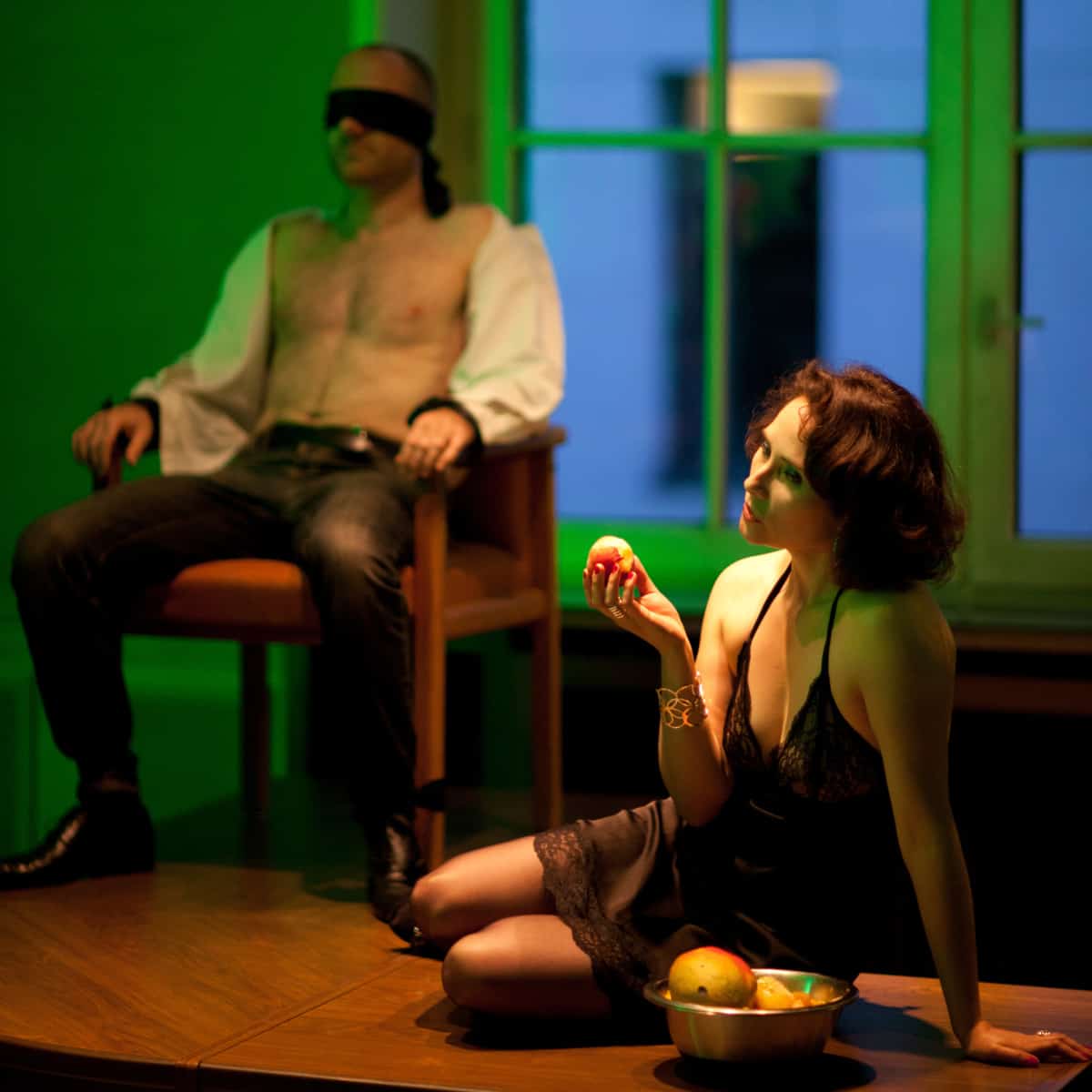
Born in 1975 in Bogota, Colombia, Indira Tatiana Cruz is a Franco-Colombian artist who trained in Fine Arts and Art Sciences first in Colombia, then in Paris. Through various media, her work educates viewers about what makes us human, especially in the face of adversity.
Eric de CULTURAMA: International curator and cultural ambassador, you have an eventful career path. What is the trigger that pushes you to follow one artist or another?
Nicola Ross: I became a curator out of love, tenderness and necessity. I love the human aspect. For more than ten years, I have been working in different artistic universes. I started in the video field with Indira Tatiana Cruz, Colombian artist and curator. I also authored a research project on relationships in video art — a work directed by Cécile Camart, teacher in museology. What inspires me to follow an artist is the expression of genre, analog photography, and the aesthetic of the landscape. A multitude of factors can trigger in me the desire to understand the mechanism and the functioning of a given artist, photographer, or performer.
It is this desire to understand that motivates me to unravel something as complex as the process of artistic creation. Also, the visual aspect nourishes me, the way in which images are linked together, in which we bring them together, how we create meaning out of them, it inspires me.
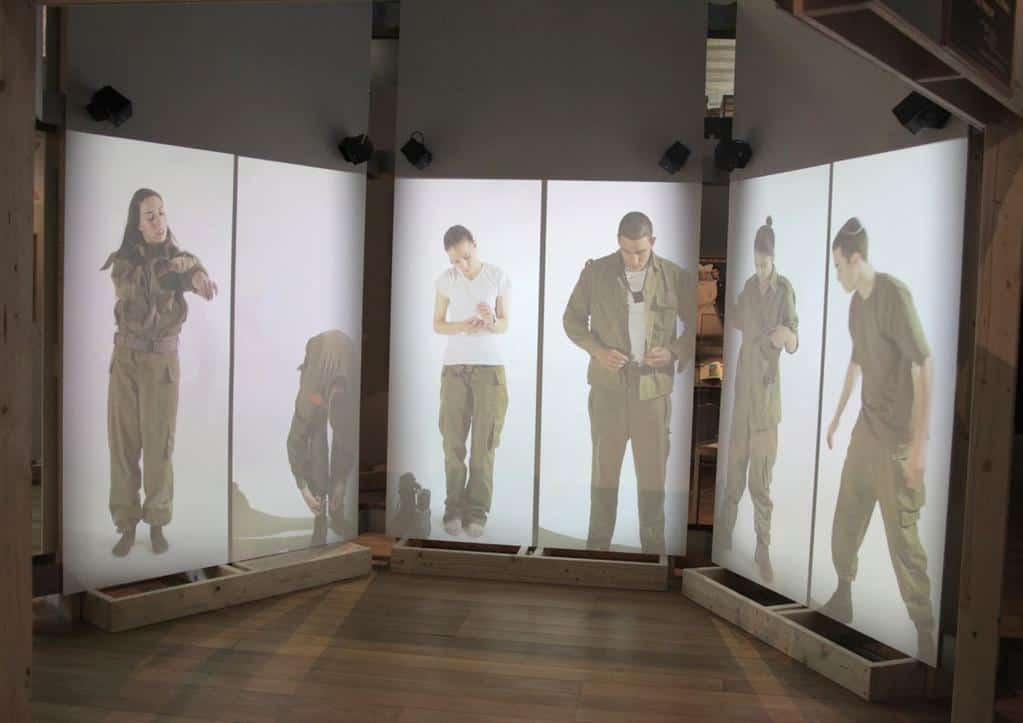
Born in Israel in 1972, Tami Notsani lives and works between Paris and Israel. A graduate of Fresnoy and Bezalel, the School of Fine Arts in Jerusalem, her photographic practice questions the relationship between identity, culture, territory, and place.
Eduardo Srur is another artist that I follow. He sends a strong message in connection with our consumer societies. His Supermercado was part of the research I carried out for the National Choreographic Center of Val-de-Marne. This performance criticizes consumer-based societies in which we take part, directly, passively, or alternatively. Where do natural resources really end up? Srur, by his relation to edible materials, answers this question by challenging the indifference of consumers, directly in the supermarket space, a place that is not normally implied in Art, in front of the public’s eyes.
The body is engaged in the performance, an artistic expression, the meaning of which is amplified in a commercial space. The body synchronizes with the act of creation. The performance, Art in action, takes place in a given time, for a given duration. While it can be recreated, it is never the same. It is a unique whole. The public changes, so do everyone’s emotions and states. This mode of expression, combined with our way of consuming and eating, questions our habits and our society. The final choice is up to us; we are all responsible in a system that offers to us different possibilities.
Born in São Paulo, Eduardo Srur stages himself in urban and public spaces to draw attention to environmental issues linked to daily life in metropolitan areas. This approach allows him to expand the presence of Art in society and bring it closer to an average person’s life.
The exploration of who we are remains the common thread of my journey, of my relationship to the world and to Art. I love humans, as I have already pointed out. Art allows me to understand the human. It highlights the absurdity of certain tendencies and the unnatural aspect of consumer society, manifested for example in the possibility to eat strawberries, a summer fruit, in December. Artists, like Maria Thereza Alves or Eduardo Srur, with their methods and sensibilities, comment on these observations. As a curator, my skills are put at the service of such artists, helping them throughout the realization of their creations, from a simple idea to a tangible work. I also put my skills at the service of institutions. For example, the Oiron Castle, one of the sites of the National Monuments Center, where I prepared a project on the notion of community — what unites us.
Eric: In your opinion, what are your curator qualities?
Nicola: My sensitivity and my experience in the field. The fact of initiating a project, promoting protected natural resources and thus emphasizing the need for the preservation of the works of artists, puts forward a difference, a perspective, a positioning for the conservation of protected natural species, of tangible and intangible heritages.
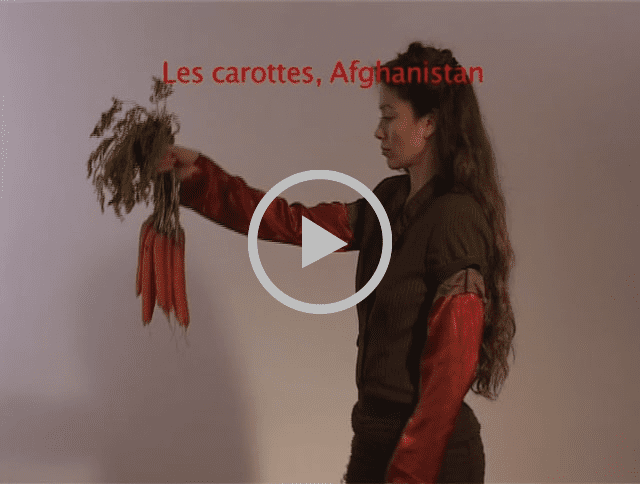
What is the Color of a German Rose? | 2016 | Maria Thereza Alves & Galerie Michel Rein©
Born in São Paulo in 1961, Maria Thereza Alves investigates and testifies about forgotten stories. Her projects are research-based and are developed from her interactions with the environments in question.
Eric: Born in Mauritius, you follow artists in France and internationally. In your opinion, do practices change when crossing borders?
Nicola: For me, they do not change. I work in the same way with the French, the Algerians, the Koreans and the Mauritians. Without exception, it is about the desire to accompany and help transmit a work, from start to finish, from genesis to recognition with foundations, galleries, collectors. The majority of my time is therefore allocated to research: 2-3 years before even finalizing everything, I conceptualize the project, meet the artists, the partners, I constantly dialogue with them, amplifying their desire to create, which takes time and energy. This process necessarily starts with the bond forged with the artist. Through it, the initial idea is enriched and conceptualized in order to become accessible to the public.
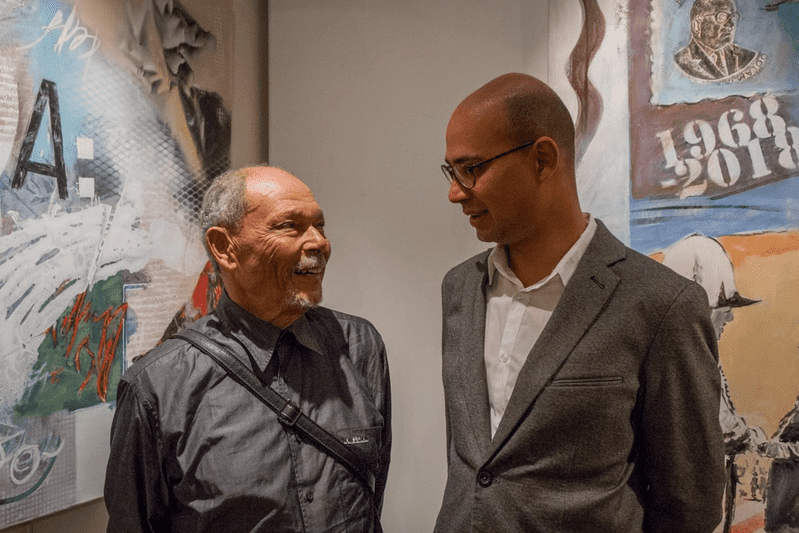
Pierre Argo and Nicola Ross | 2018
Eric: What are your upcoming projects?
Nicola: In the near future, I plan to highlight the richness of artistic approaches in Mauritius, an island country where the whole world comes together. I am thinking of the work of Pierre Argo and his perspective on the protection of endemic natural species. He has been photographing protected flora and fauna for more than 40 years. He is a true defender of the Mauritian natural heritage, rich in history and culture. Among other things, he started using a drone in his photographic work, which allowed him to capture certain moments hidden from the eye.
For my part, I designed an installation called Round Treasure; it was done in collaboration with Mauritian artists and the Mauritian Wildlife Foundation, a non-governmental organization. Without revealing everything, it is a sensory documentary work where field-recorded images and sounds are organized and assembled in a video installation. Round Treasure derives its strength from a very strong endemism, which is brought to light through multiple simultaneous projections in a large space. Conservation is a very important concept in Mauritius: the first animal to disappear from the planet, the dodo bird, lived in Mauritius. It is now also the symbol of the conservation of species all over the world.
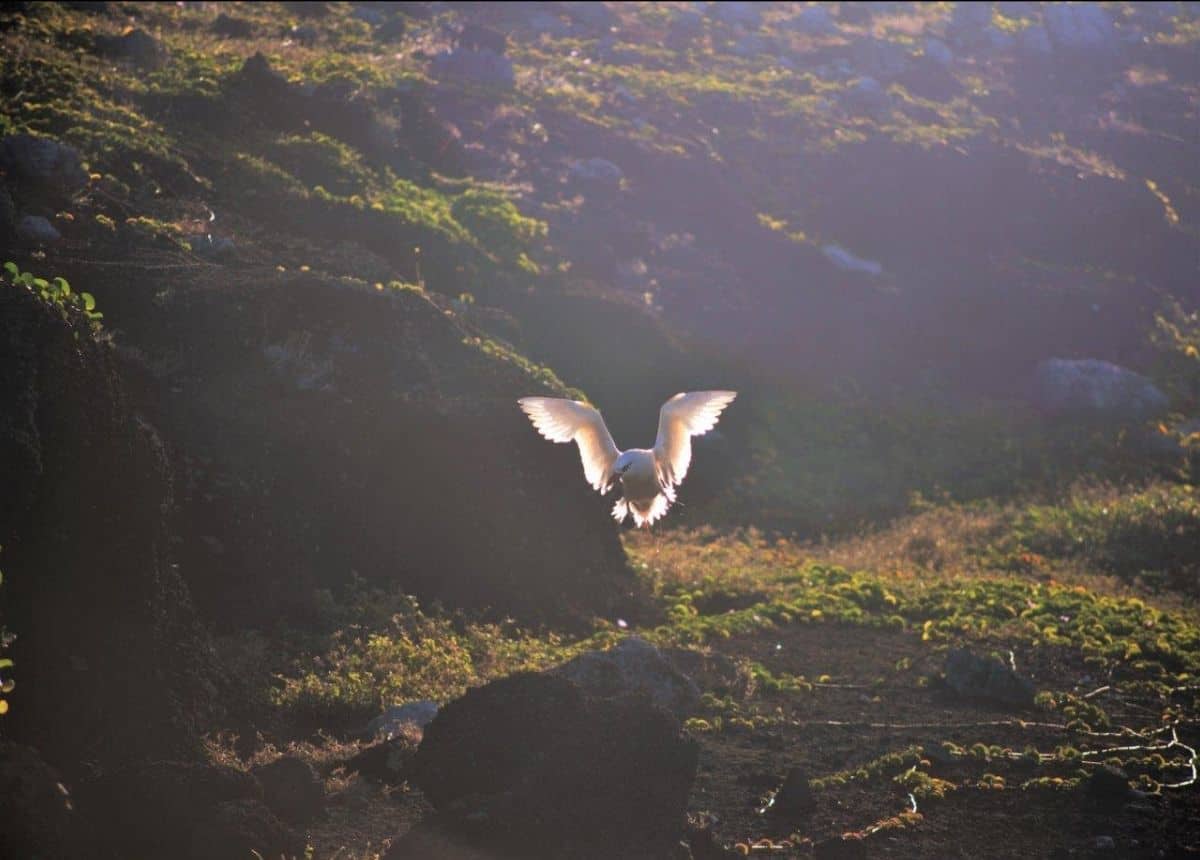
The conservation of protected natural species is omnipresent in this region: unique animals, insects, and plants, which do not exist anywhere else, inhabit this land. The same goes for the Mauritian plastic artists: talented, exceptional in many ways, but whose work is on the verge of extinction. No museums, foundations, or any other artistic conservation structure exist on this island. It must be remedied.
We can say that the Mauritian plastic arts scene is in danger of disappearing and that it must be preserved like any other natural species of the island. The example of Nirmal Hurry is meaningful in this respect; he is a sculptor who produces in big quantities but whose sculptures have been lost due to the lack of adequate conservation.
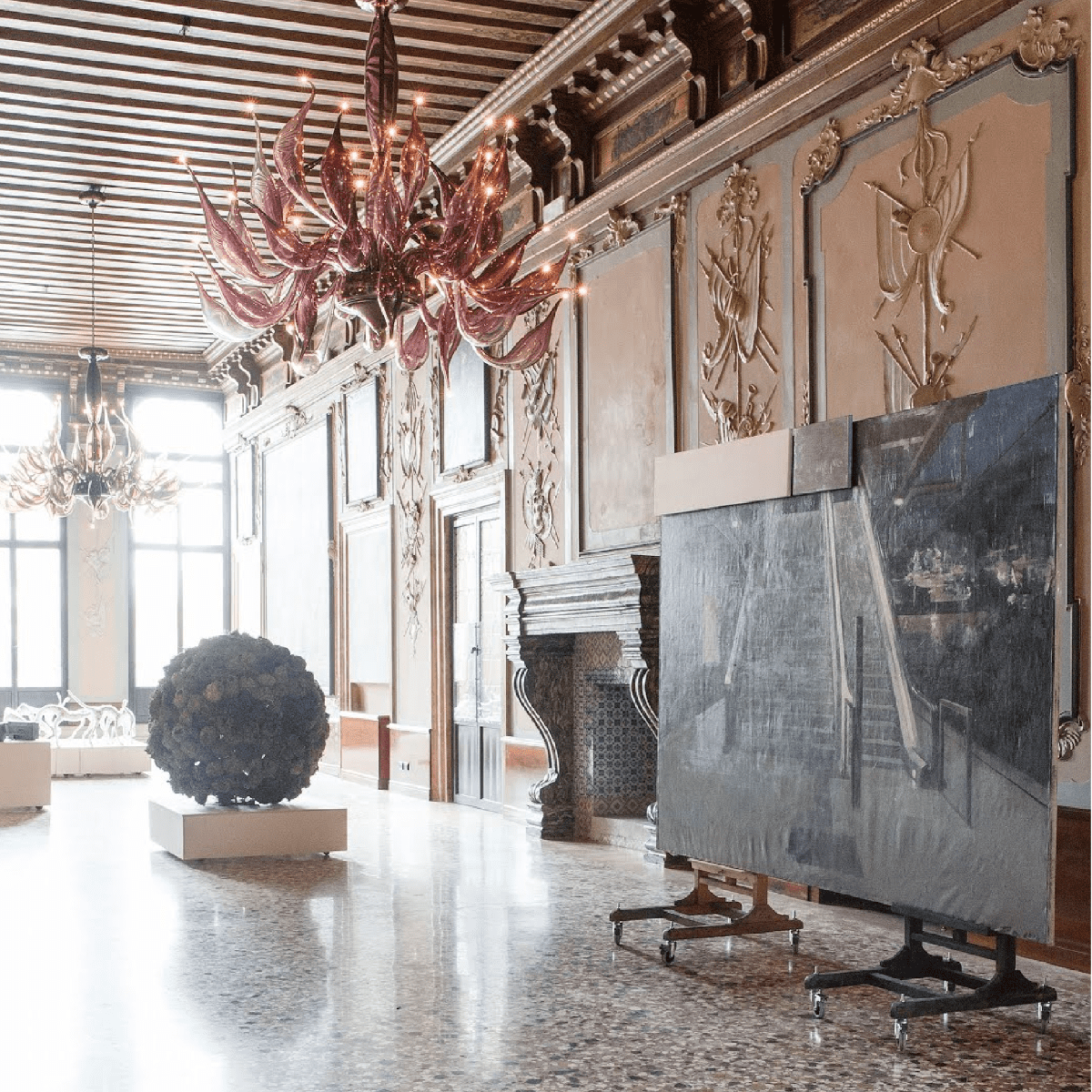
My knowledge and my sensitivity for this territory, where I grew up, make me fully aware of the value of its heritage. Hence the idea for my hashtag, created after many years of degradation, for example, on Ile aux Aigrettes, whose coastline was damaged by the grounding of the Wakashio.
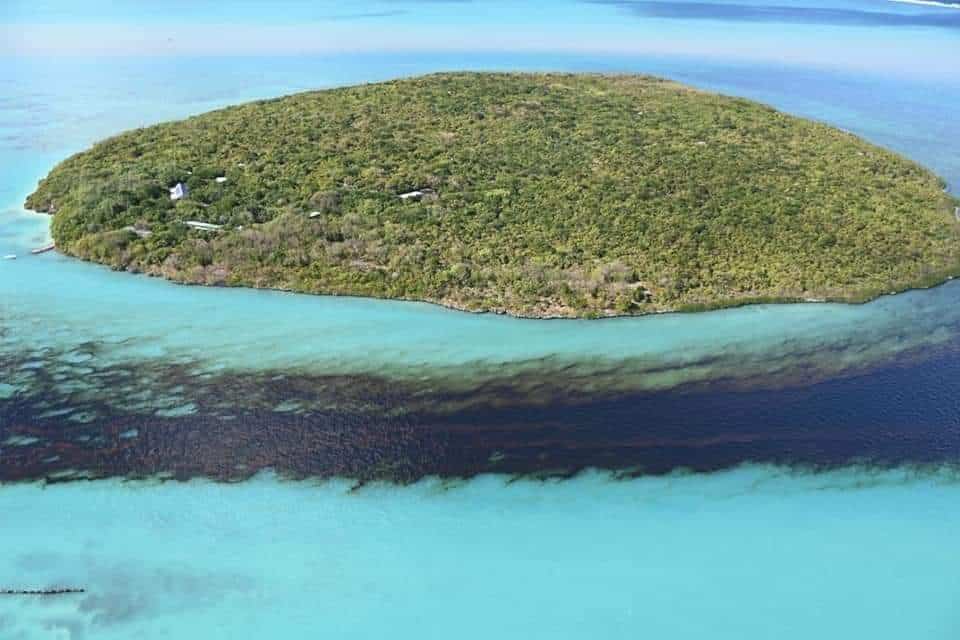
The damage caused by the Wakashio grounding near Ile aux Aigrettes | 2020 | Défi Media©
«Works of Art are infinitely lonely; nothing is worse than criticizing them; only love can grab them, keep them, be fair to them.»
Rylke.
HOMEMADE
PEPS & VITAMINS

Related episodes
Discover
CULTURAMA STUDIO
Editing team
- Barbara Marshall
- Grigoriy Manucharian
- José Man Lius
Contact us :
ericdeculturama@gmail.com
© Culturama.studio
